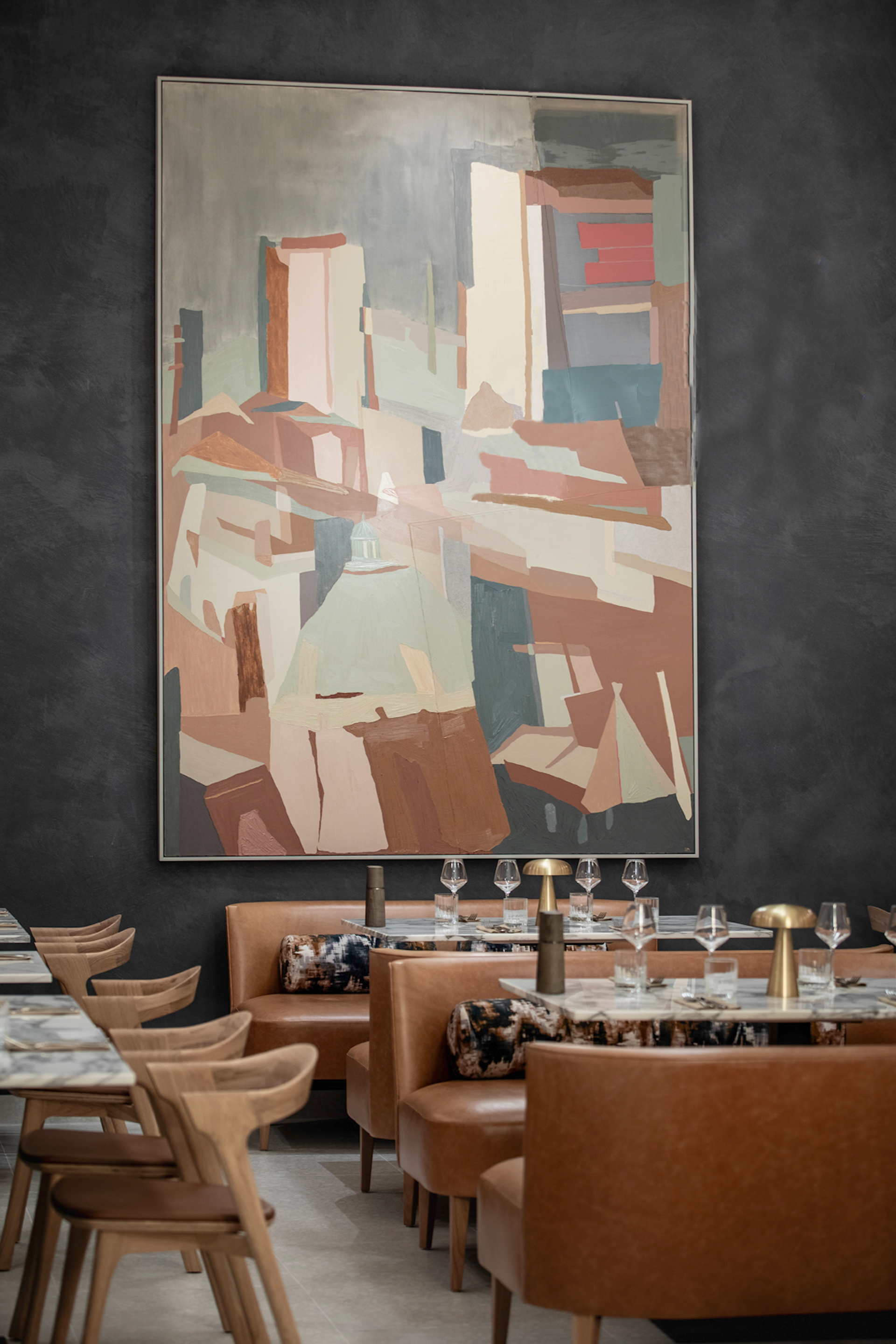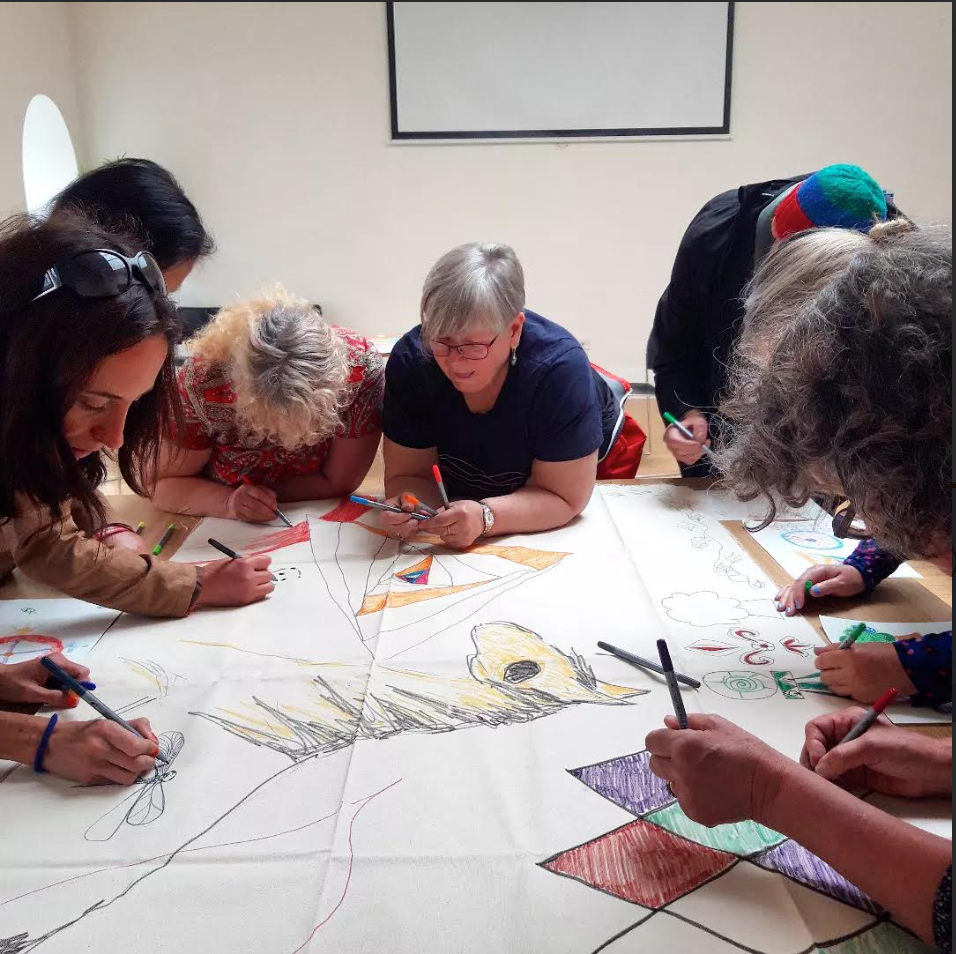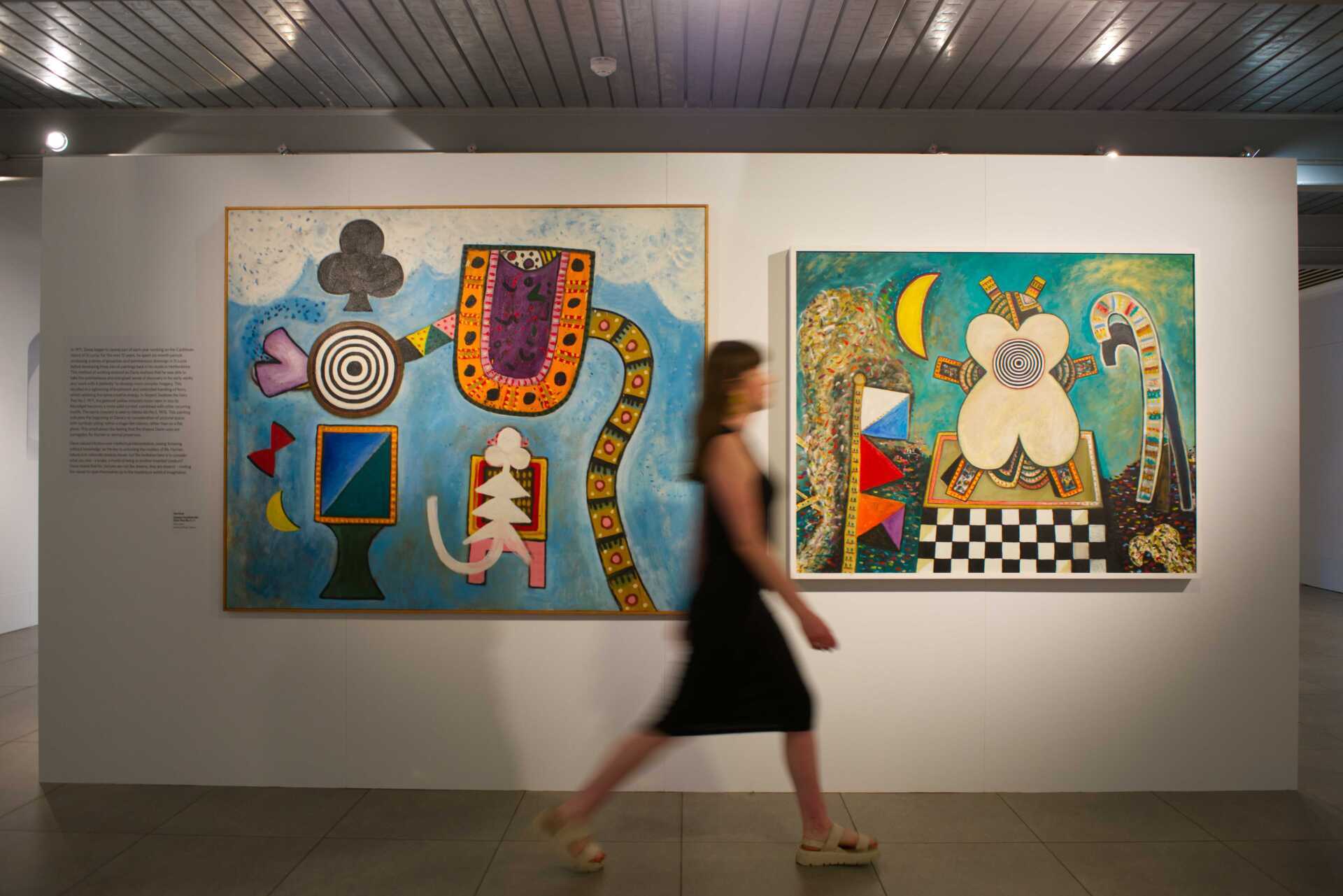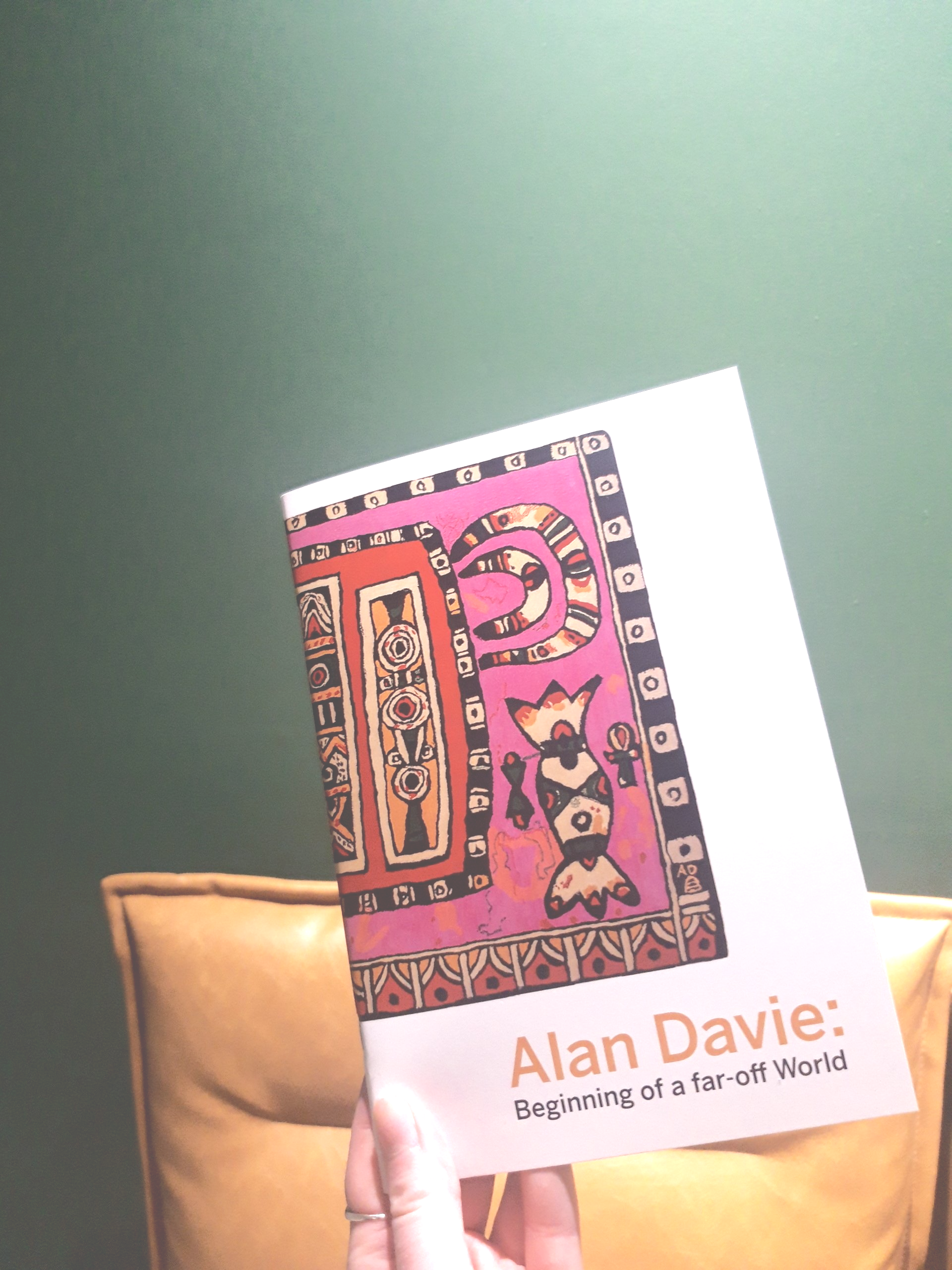Scrovengi Chapel Visit
siobhanmclaughlinstudio • September 14, 2020
I just stumbled across a piece of writing I did for the Scotland + Venice Project
about my visit to the beautiful Scrovegni Chapel in Padua.

In 2017 when I was working at Rachel Maclean's exhibition at the Venice Biennale, I took a trip to Padua with a couple of other artists to see Giotto's marvellous paintings:
Scrovengi Chapel
It seems odd to be traveling at speed by train, rather than boat, as we journey away from the buzzing canals of Venice towards the small mainland town of Padua. We booked our tickets days in advance, in anticipation of the excited tourists and fresco lovers making their pilgrimage alongside us.
We arrive early, all too eager, to see Giotto’s masterpieces that await us inside the Scrovegni Chapel, painted in 1305. My hands shake slightly, both from excitement and from my first ever Italian espresso. Calm down I think, I don’t want my increased heart rate and body temperature to mess up the microclimate inside the waiting room…
The fragility of the work inside the chapel means that visits are meticulously controlled. Groups of 25 people maximum visit for no longer than 30 minutes at pre-booked times. In an air-conditioned room we wait for 15 minutes, watching a film about Giotto and the Scrovegni family, until the ‘interior microclimate’ is stabilised. We are then directed into the chapel, and are told that we have exactly 15 minutes to experience.
The efficiency of this routine is fascinating, and the exclusivity of the visit makes it all the more exciting.
I worry that the images of the introductory film will dampen the amazement of my first glimpse of the chapel walls. But I am wrong. To say that I gasped seems a little dramatic, but I was in awe. With the other 24 visitors, I move wordlessly into the centre of the chapel, eyes glittering at what we are perceiving.
Every inch of space is covered in fresco. The chapel is quite small in comparison with others around the world, but it is taller than I expect and is densely packed.
Narratives of the life of Christ and the Virgin Mary are laid out in three layers across opposing walls. The narrative starts on the top register with scenes of Christ’s grandparents, and the Virgin Mary’s life. The bottom register displays narratives such as the Passion, and scenes immediately proceeding the Crucifixion. On the west wall, above the entranceway, is the striking Last Judgement; a subtle moral reminder to those exiting the chapel.
In between these narrative scenes, faux marble panels create a sense of the walls being inlaid with stone. These abstract patterns of marble stone are actually masterful paintings by Giotto.
I feel completely engulfed by images.
Judas Kissing Christ, one of the most famous scenes from the bible, was painted over 700 years ago yet there is still an unbearable suspense in the image. The buon or true fresco technique has bound pigment together with plaster so that the painting literally becomes part of the wall. The narratives therefore become truly part of this chapel, and part of the offering of the Scrovegni family in their attempt to repent for their sins.
In the era before linear perspective was discovered, Giotto created masterful scenes of naturalism and architectural space. Here I see an interest in the world, and the real physical space that humanity occupies.
The most striking section however is not the walls, but is above me. With head titled, I gaze up in wonder at the brilliant lapis lazuli blue saturating the ceiling. Dusted with golden stars, this is not a depiction of the sky or the deep blue of Venetian waters. This sweeping veil of blue, with portraits of Christ and other saints peeking out, is a depiction of heaven.
Through colour, Giotto creates the most sacred and simple expression of paradise.
With this idyllic thought in my head, our 15 minutes is up.
SM
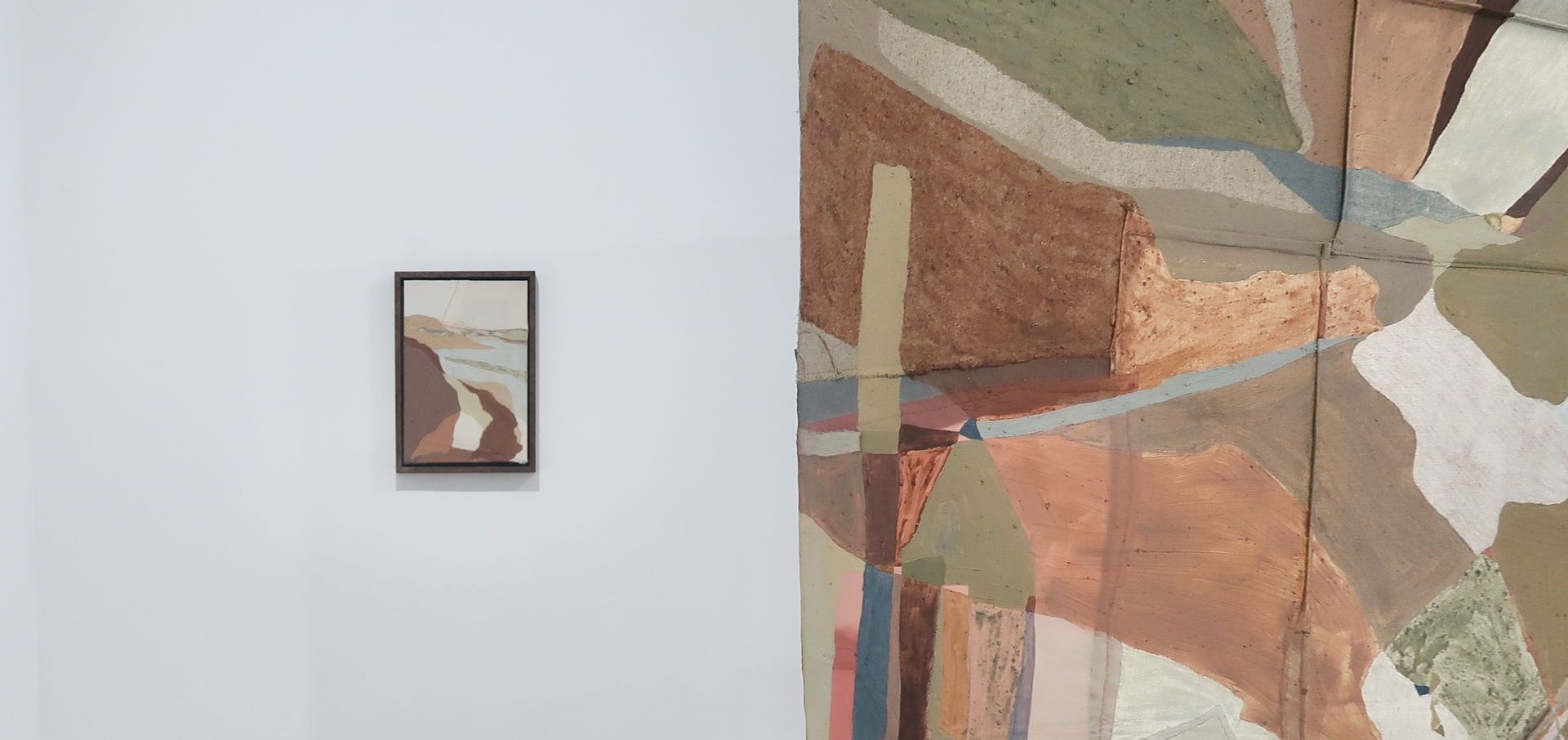
I'm delighted to present Belongings, a piece by Martin Holman written in response to my show 'Pilgrimages' at Hweg gallery , Penzance 22nd November 2024 - 11th January 2025. I'm really touched by Martin's insights, references and analysis of the work and hope you enjoy reading the text. Read time is roughly 10 - 15 minutes. Thank you to Martin and to Joe at Hweg. For images of the show, see my works page here .

Delighted to have been asked by Lyon and Turnbull to select my Top Picks for the upcoming Art Edit 793 Auction. Aimed at making the art market more accessible, The Art Edit series of auctions enables people to begin or grow their art collection, with estimates starting at £200. Recent lots have included works by Victoria Crowe, Dame Ethel Walker and Dame Laura Knight, and here I'll be highlighting my top 3 picks for the next auction , opening on Wednesday 26th June 2024.
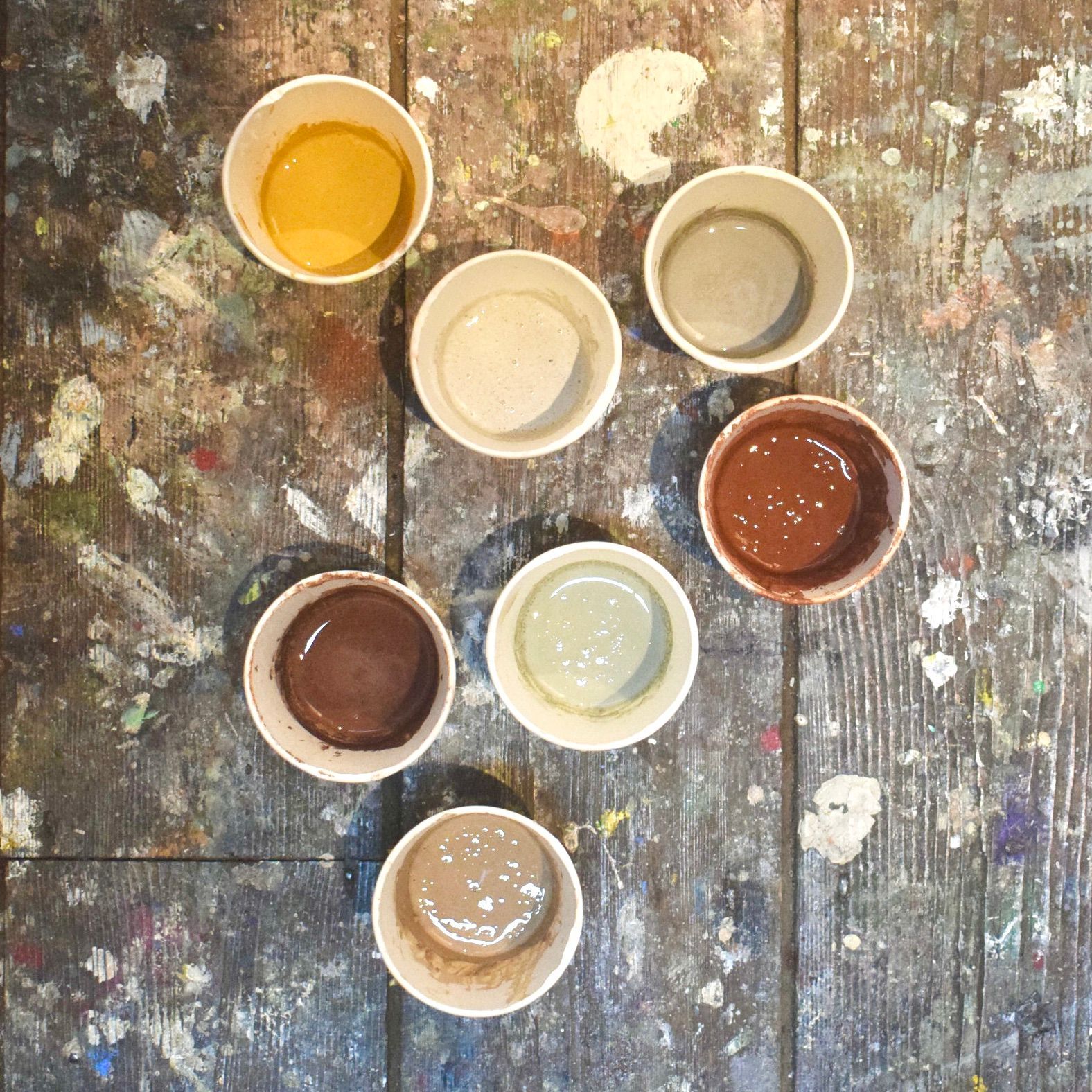
During my residency in Cornwall, awarded by Visual Arts Scotland , Wilhelmina Barns-Graham Trust and Porthmeor Studios, I met artist Peter Ward . After seeing an interesting painting of his at the Tremenheere Gallery, Penzance, I contacted Ward to ask about the medium of 'earth pigments'. To my delight he offered to show me the best pigment collecting sites along the South West Coastal Path.
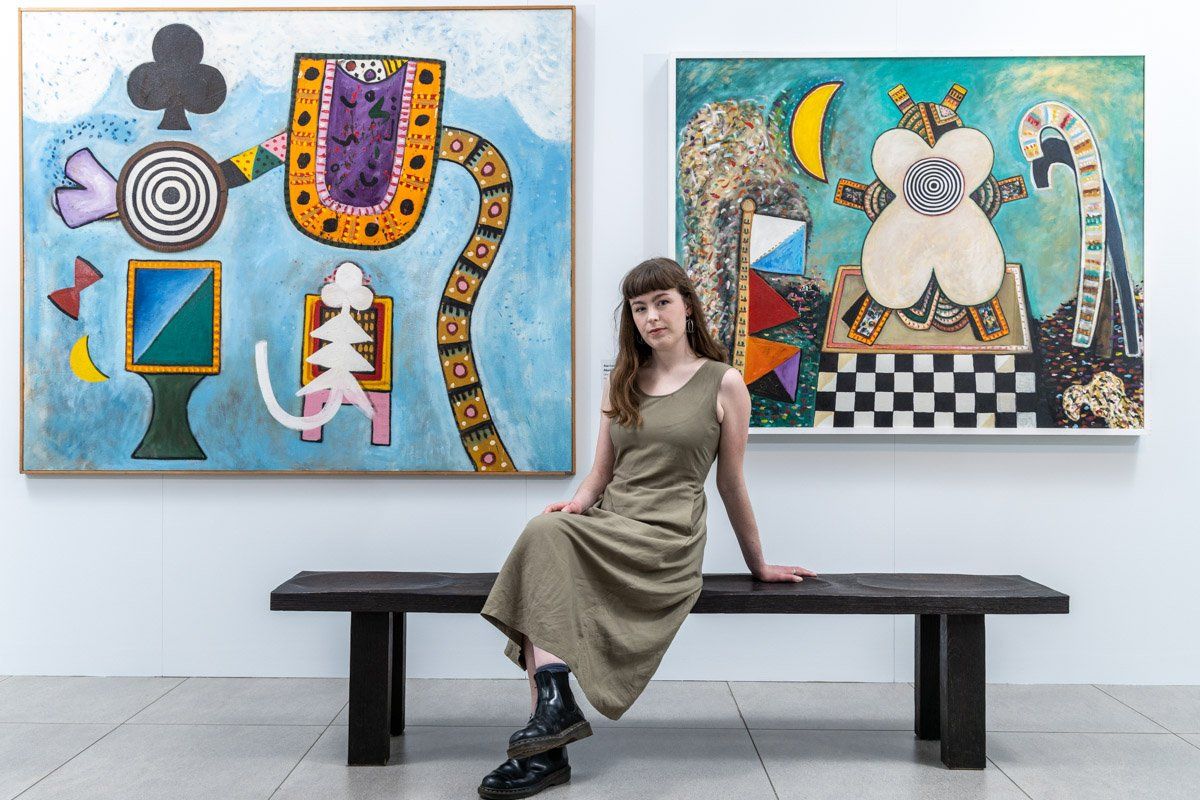
Letting go of the imposter syndrome and accepting/celebrating the fact that I'm actually a curator. Nearly 3.5k people visited the Alan Davie exhibition at Dovecot Studios . That's mad to me. Thanks so much to everyone who visited, I hope you enjoyed it! A huge thank you to Dovecot for supporting my idea and giving me the opportunity to curate when I had no previous 'professional' experience. From approaching Dovecot with an exhibition plan in September 2019 to speaking at the exhibition opening in June 2022, I've learned a lot. Thanks also to Edinburgh Art Festival , the William Grant Foundation and the John Ellerman Foundation for the support.
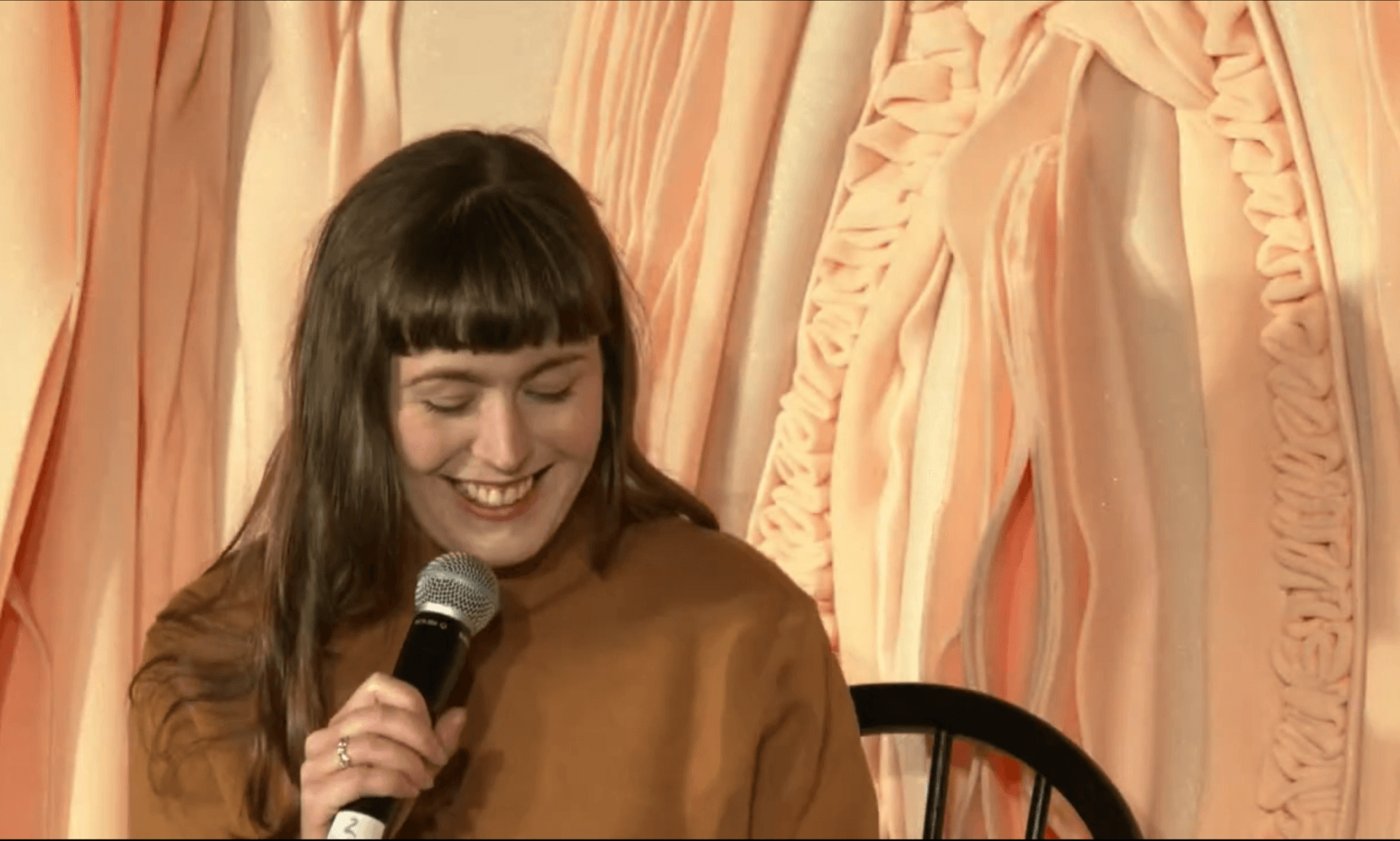
Thank you to Edinburgh Art Festival for inviting me to speak at Art Late 2, streamed live from Jupiter Artland this week! It was a fantastic day of discussion, hearing from a range of artists, curators and creatives about their contributions to this years art festival. Watch the video below to hear my 8 reasons why everyone should visit the Alan Davie: Beginning of a Far-Off World exhibition at Dovecot Studios !
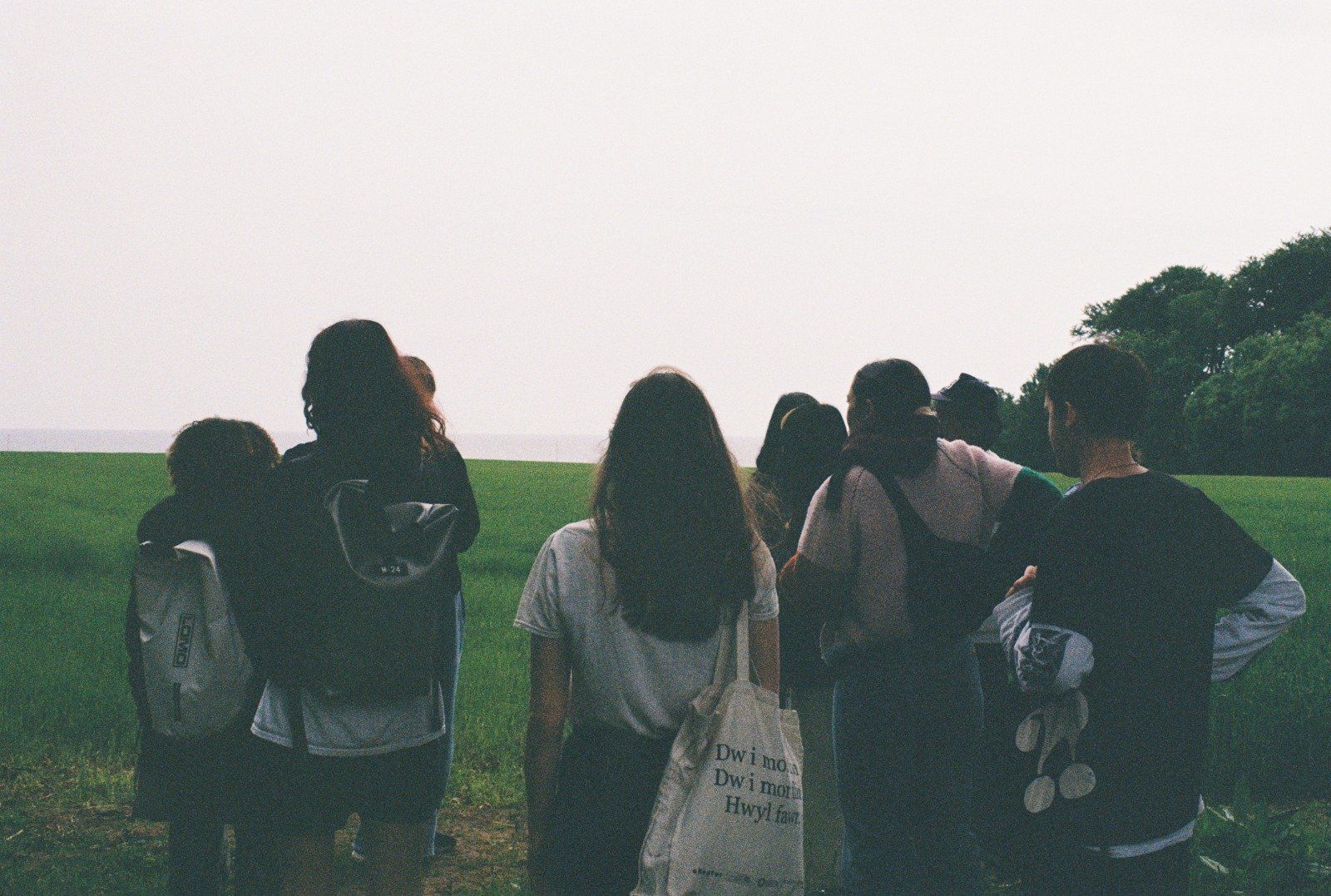
Meeting a lot of artists recently, who have such varied practices, has made me reflect on an essay I wrote back in 2018 on the role of artists in artist-run spaces. Particularly, meeting an artist who is currently studying Horticulture, got me thinking about the idea of 'artist-as-gardener'. I've just included a wee section of the essay here, which used EMBASSY Gallery in Edinburgh as a case-study, looking at the role of the artist in an artist-run space. In this section I was processing ideas of authorship and importance given to the 'Curator' title in contemporary discourse. Curatorial/artistic practice has developed significantly since I wrote this in 2018, but I think that the 'artist-as-gardener' idea is still a nice one.
